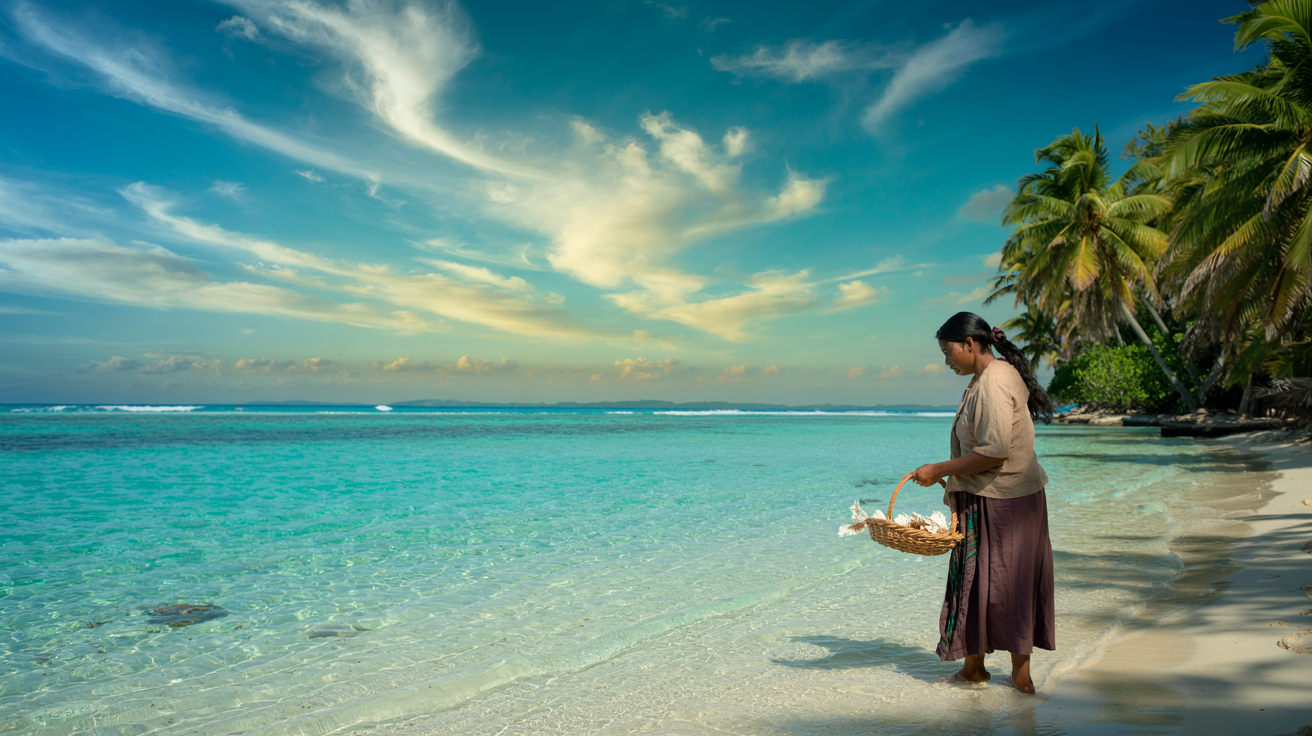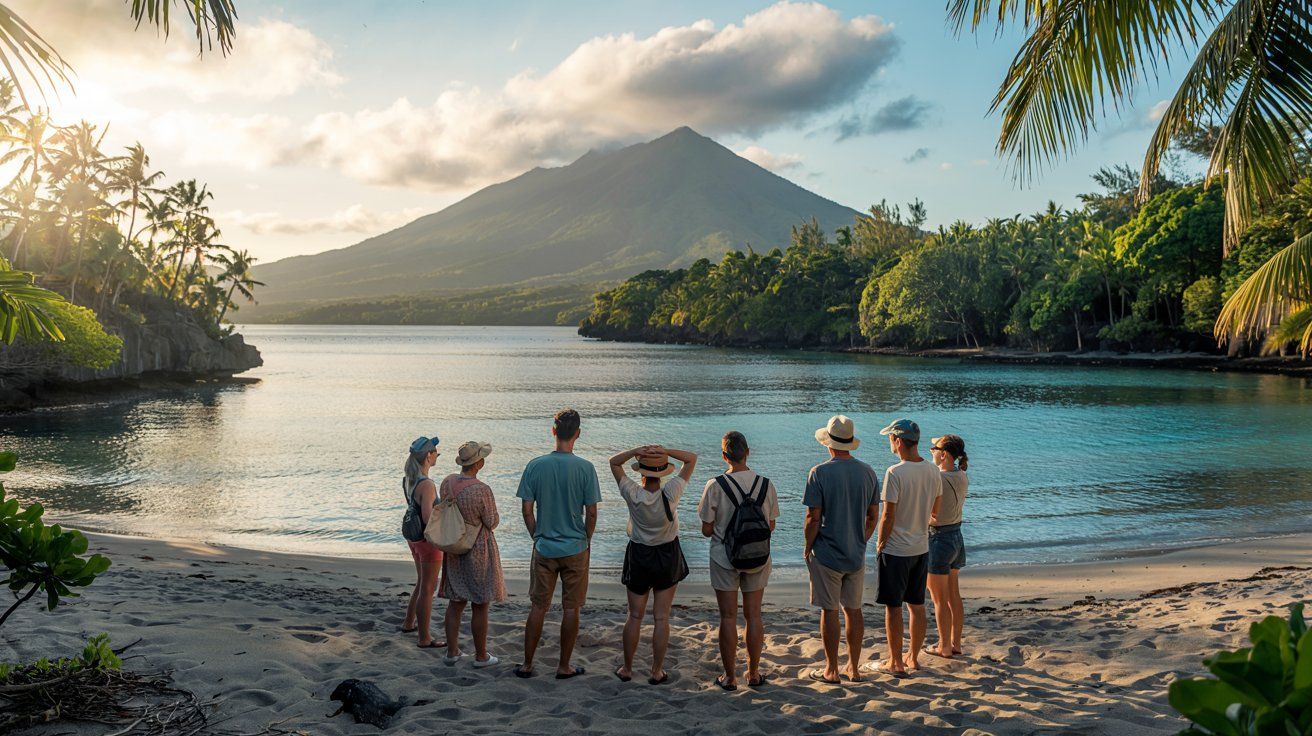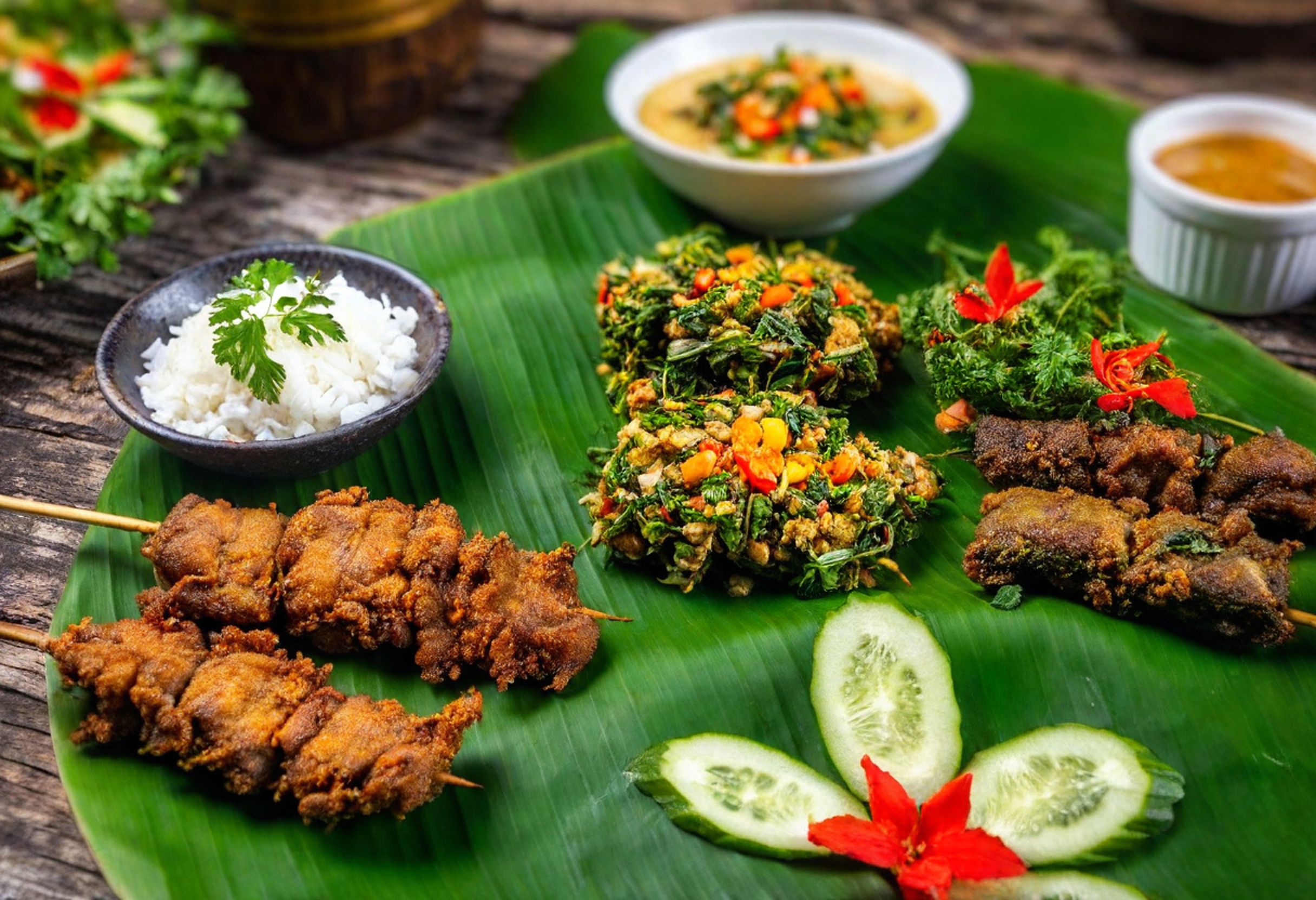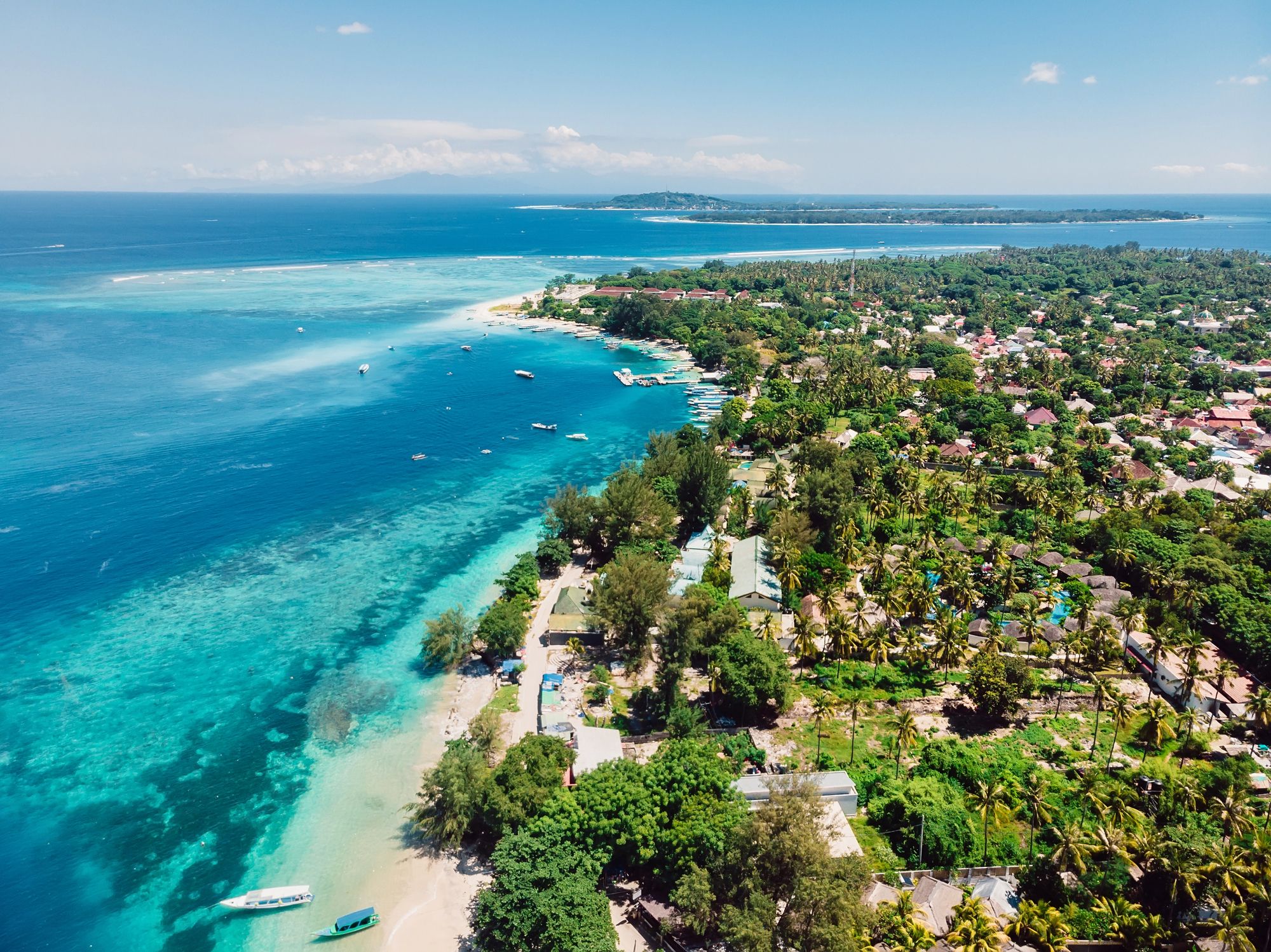Thousands of residents from Ambae Island in Vanuatu are hesitant to return home after being evacuated due to volcanic activity. The Manaro Voui volcano began showing concerning signs in late September 2017, forcing authorities to order a complete evacuation of the island’s 11,000 inhabitants. Despite the alert level being lowered, many evacuees remain traumatized and fearful about returning to their homes near the still-active volcano.
Disaster authorities are now facing the challenge of supporting these displaced people across multiple provinces. Thousands of evacuees are currently being housed in Penama and Sanma provinces after the volcano began belching ash and smoke. Officials are considering long-term solutions as the volcanic activity shows no immediate signs of completely subsiding.
From overwater bungalows to beachfront resorts, find your perfect stay in this island nation of more than 80 islands. Instant booking with best price guarantee!
Browse Accommodations Now
The government has been working to coordinate an orderly return for those willing to go back, but the situation remains complex. Some communities are exploring options to permanently relocate to nearby islands rather than return to the shadow of Manaro Voui. The evacuation has created significant disruption to life on Ambae, with residents grappling with uncertainty about their future and safety.
The Impact of Volcanic Activity on Ambae
The Manaro Voui volcano on Ambae Island disrupted thousands of lives through multiple evacuations, created widespread humanitarian challenges, and established itself as a significant geological event in the Pacific region.
Evacuation and Emergency Response
In late September 2017, Vanuatu authorities raised the alert level for Manaro Voui volcano to Level 4, indicating an “ongoing moderate eruption state” with imminent risk of a major eruption. This prompted the complete evacuation of approximately 11,600 residents, including over 5,200 children.
The evacuation created an eerie scene – a “ghost island” where pets and livestock roamed freely. Government officials reported hearing the volcano emit a massive boom that echoed across the empty island.
Vanuatu Prime Minister Charlot Salwai defended the mandatory exodus, stating, “Volcanoes can’t be compared to tropical cyclones,” emphasizing safety as the priority. The evacuation involved coordination between the Vanuatu Red Cross Society, government agencies, and local communities to transport residents to nearby islands such as Santo.
Humanitarian and Health Concerns
The volcanic activity created serious health risks through ash, smoke, and volcanic gas emissions. Acid rain damaged crops and contaminated water sources, creating immediate food security issues for the affected communities.
The entire population became effectively homeless, with disaster authorities facing the challenge of supporting thousands of displaced people. Many evacuees expressed fear about returning, with some villages attempting to secure land on neighboring islands for permanent relocation.
Children and elderly residents faced particular difficulties during the displacement. Temporary camp sites and evacuation centers struggled with overcrowding and limited resources for shelter equipment.
The emergency response required addressing not only physical needs but also the emotional and psychological impact of displacement. Loss of homes, separation from community, and uncertainty about the future created significant trauma among evacuees.
Geological Significance of Manaro Voui
Manaro Voui sits within the Pacific “Ring of Fire,” a region known for its seismic activity and concentration of active volcanoes. The 2017 eruption was notable for creating a new volcanic cone in one of the summit caldera lakes.
Despite lowering the alert level, authorities advised maintaining a 3-kilometer safety zone around active vents. The 2017-2018 eruption sequence ultimately led to two complete off-island evacuations, making it a historically significant geological event.
Manaro Voui stands nearly 5,000 feet above sea level, dominating the oblong-shaped island. The volcano’s activity, including rock ejection, ash plumes, and lava flows, created visible changes to the landscape that scientists continue to monitor.
The Broader Context of Disasters in Vanuatu
Vanuatu ranks among the world’s most disaster-prone countries, facing multiple natural hazards beyond volcanic activity. The nation’s position on the Pacific Rim of Fire creates ongoing vulnerability to both geological and climate-related disasters.
Climate Change and Disaster Preparedness
Climate change has intensified Vanuatu’s disaster risk profile, with increasingly severe cyclones and rising sea levels threatening coastal communities. Storm surges represent the highest displacement risk, with an average of 1,125 people expected to be displaced yearly from all disaster events combined.
The government has developed more robust early warning systems following experiences like the Ambae volcano evacuation in 2017. These systems aim to provide communities with adequate notice before disasters strike.
Relief agencies now maintain permanent presence throughout the archipelago, recognizing the frequency of emergencies. Their preparation includes stockpiling supplies on multiple islands and training local disaster response teams.
Socioeconomic Challenges and Recovery
Post-disaster recovery in Vanuatu faces significant challenges due to limited economic resources and geographic isolation. When evacuations occur, communities experience severe disruption.
Water contamination remains a critical concern after disasters. According to UNICEF’s Brecht Mommen, the spread of illness from contaminated drinking water represents the biggest threat following events like earthquakes and volcanic eruptions.
The economic impact extends to agriculture and livestock, with animals continuing to perish from volcanic ash even after residents return to affected islands. This creates long-term food security issues for communities already struggling with limited resources.
For visitors concerned about the ongoing situation, information about where to stay in Vanuatu’s safer islands is regularly updated by tourism authorities, with Santo and Efate offering secure accommodation options away from volcanic activity. While the affected region faces challenges, there are still many things to do throughout Vanuatu’s other islands, including world-class diving, cultural experiences, and pristine beaches untouched by the disaster. Those who plan your visit should consult with local travel agencies who can provide the latest safety information, recommend appropriate destinations within the archipelago, and help create itineraries that respect the ongoing recovery efforts while still experiencing this unique Pacific nation.
Find available hotels and vacation homes instantly. No fees, best rates guaranteed!
Check Availability Now








